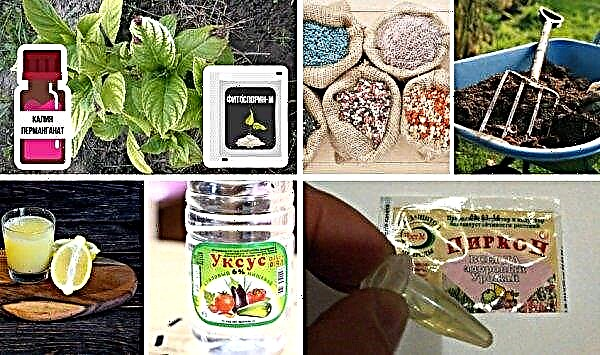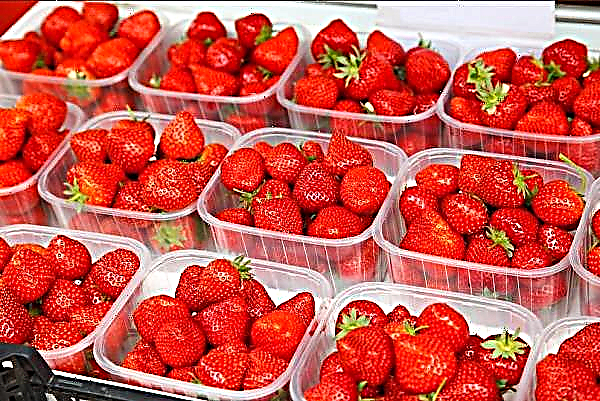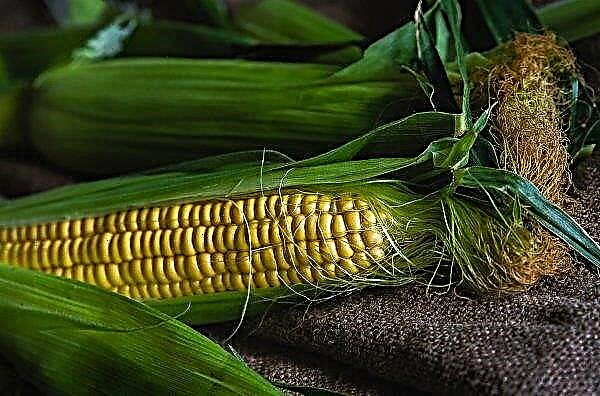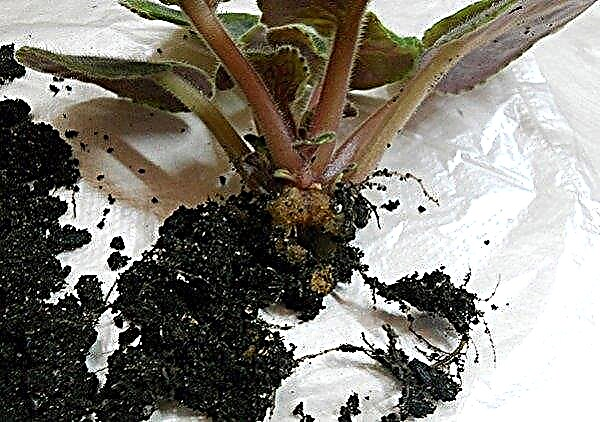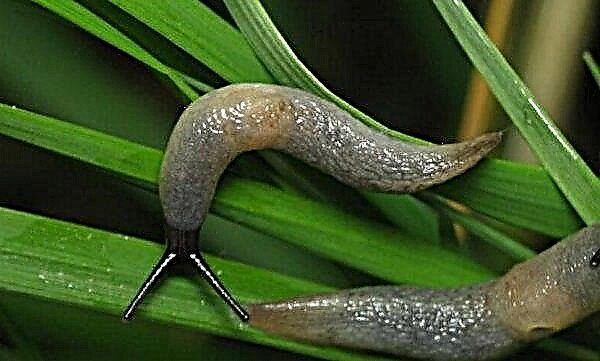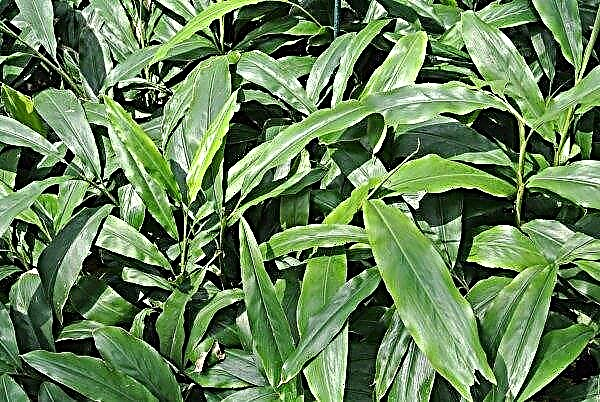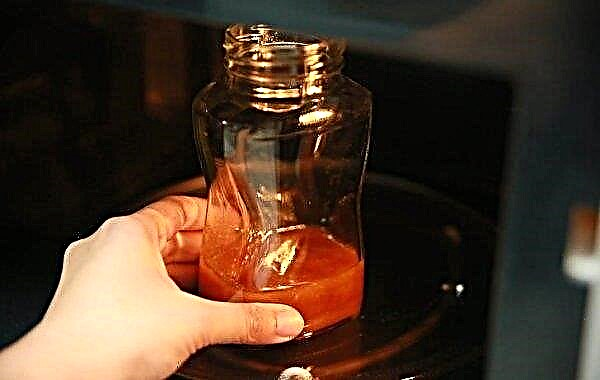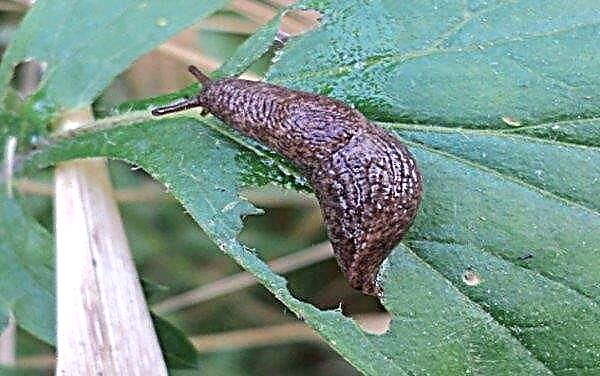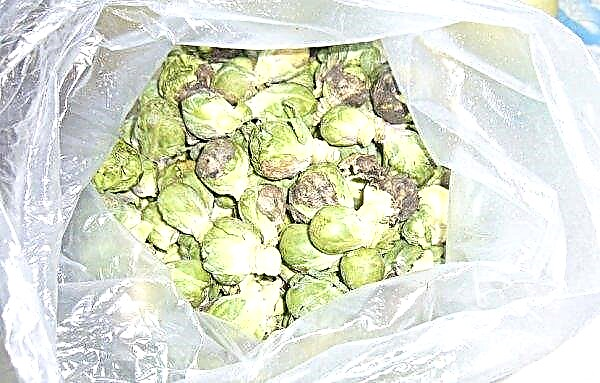Pumpkin is a universal vegetable: you can make a huge number of dishes from it - from nutritious soups to delicate desserts, so the prospect of growing such a vegetable in your area looks very tempting.
However, many summer residents are frightened by the fact that a bush with huge leaves and a powerful root system requires a lot of space, and ripening berries on it weighing 10 kg or more have to be used in several stages, which creates additional difficulties with storing the cut fruit. In fact, all these problems can be solved with a competent approach, in particular, due to the correct formation of the pumpkin bush. How and why this is done is described in this article.
Why do I need to pinch a pumpkin
The pumpkin in the hands of an experienced gardener is like clay in the hands of a sculptor: only by removing from the bush "all that is unnecessary" can you control not only the number and size of the fruit, but even the timing of their ripening.
Important! The peculiarity of the pumpkin is that the main part of the female flowers is usually formed not on the main stem, but on the side shoots, so pinching the main stem allows you to count on several small pumpkins and, on the contrary, removing the side shoots is a way to grow the largest berry.
Pumpkin, especially if it lacks moisture, light and nutrients, can grow very much, forming numerous long lashes, on each of which impressive leaves grow, a large number of flowers and, accordingly, ovaries appear. However, far from always the duration of the summer, as well as the fertility of the soil, is enough for the “dispersal” taken by the plant in the early stages of its development to end with the same impressive result.
In the overwhelming majority of cases, if you do not form a bush in time, but just observe its development, the fruit that is tied together simply will not have time to ripen before the fall.

Maintaining the vitality of huge leaves and several stems, even if there are no ovaries on them, requires a large consumption of nutrients, thus, nourishing the green mass, the plant thereby limits the "needs" of the forming berries, that is, energy distribution is carried out to the detriment of the future crop.
Even in fertile and well-fertilized soil, such an irrational expenditure of resources cannot be called constructive, because such a powerful root system, such as a pumpkin, can quickly deplete all the nutrients in the earth.
Thus, the main purpose of pinching and pinching is to redirect the main part of the plant's vital juices to the formation of fruits. But for this, it is not enough just to remove part of the green organs of the bush. It is important to know which parts need to be left. Thus, the quantity and, accordingly, the size of future fruits can be regulated.

In addition to the above, the formation of the bush allows us to solve some other associated tasks, in particular:
- Rational use of space. A large amount of space that a pumpkin requires can be significantly reduced if you think about the appearance of the bush in advance and plan the placement of the beds and planting density taking into account the expected result (for example, if you plant several plants along the fence and direct their whips at the right angle directly to the support, under culture can be allocated a very small area).
- Stimulating more fruits. Pinching the main stem activates the appearance of lateral ones, namely, the maximum number of pumpkins is always tied to them.
- Fertilizer saving. By removing excess leaves and “empty” stems, the gardener thereby prevents excessive soil depletion.
Did you know? Pumpkin in the garden can be used not only as a source of nutritious fruits, but also as a stock for other crops that are less resistant to diseases. In particular, cucumbers, as well as melons and watermelons are successfully planted on pumpkins. The Japanese, for example, in this way grow more than half of watermelons and 95% of cucumbers
- Pest and Disease Control. A strong and healthy plant, receiving everything necessary for normal development, has good immunity and is less affected by attacks of various parasites than a huge overgrown bush that is no longer able to feed itself.
- Improving crop quality. The amount of nutrients directed directly to the fruit directly affects the taste of the berries, as well as the benefits that their use will bring to the human body.
The timing of the formation
The formation of a pumpkin bush includes several types of measures: pinching shoots, pinching, removing excess leaves and flowers, as well as dried and broken fragments. Each of these actions has its own deadlines.
So, extra lateral shoots and stepsons are pinched as they appear during the period of active set of green mass by the bush. At the same time, you can adjust the number of leaves, not allowing them to grow too thick and obscure peduncles. This procedure is especially important for bush pumpkin varieties, which are distinguished by a large number of stepchildren and enhanced branching due to the genetically laid short distance between the leaves (internodes).
Video: Pinching and growing pumpkins in the open ground
As soon as the first fruit is formed on the main stem (usually this occurs approximately in the middle or at the end of August), the tip of this shoot is pinched. The same rule applies for side lashes. At this stage, you need to stop the growth of the shoot and direct all the nutrients to the fetus. The pinching point is selected after the selection of berries that will be left to ripen.
Experts recommend that you keep one, at most two, most developed pumpkins on each lash, and carefully remove the remaining ovaries. Pinching the lash itself is carried out at the level of two or three sheets above the left fruits.
Important! Dry and damaged parts of the plant should always be removed, regardless of the growth phase. At the same time, it is important not only to remove such fragments, but also to clear the bed from them, because it is in them that dangerous pathogenic microflora usually accumulate.
Fundamental rules
When forming a bush, you should follow these rules:
- Any "surgical" work with the bush is recommended to be carried out in the morning or in the afternoonif it's cloudy outside. It is also very important to choose a dry day for such events. Remember, any moisture, including morning dew, caught in the open wound of the plant, provokes rotting processes and increases the likelihood of developing fungal diseases. Therefore, we must try to make sure that by the time the temperature drops, and the humidity rises, the gap ruptures.
- When forming a bush in one lash, it must be directed to the south. If there are more lashes, the southern direction still remains preferable, but a small angle should be left between the lashes so that they do not interfere with each other.
- Regardless of how many lashes are left on the bush, they need to be sprinkled with earth, deviating from the root about a meter. In places of such "grounding", the stems will take root, which will accelerate the ripening process of the fruits that have become attached to them, and in addition, such a trick saves the bush from excessive tangling of the stems among themselves, which often happens under gusts of strong wind.
- As the lash stretches, the sprinkling should be repeatedleaving a small area of the whip on the surface.
Video: How to shape a pumpkin bush
- When guiding the lashes, you should ensure that their tops are always in the sun, this condition is important for the rapid ripening of fruits.
- When the berries begin to grow, it is recommended to separate them from the ground, laying them on any supports (pieces of plywood, stones, boards or bricks) or tying them to a support. Otherwise, during irrigation or rain, the fruit may begin to rot from below.
- A critical stalk limitation procedure is for bushy pumpkin species.. Many gardeners do not pinch the varietal varieties, but simply divide the stems in the manner described above.
- Regardless of how many lashes are left on the bush and whether their number has been adjusted, more than two ovaries on one stem should not be left: such prudence will not increase the future crop, but only significantly reduce its quality and provoke the development of diseases from excessive load on the bush.
Did you know? The city of Half Moon Bay (San Mateo County, California, USA) is known for having held the annual Super Bowl of Weigh-Offs championship for more than forty years in a row, which determines the largest pumpkin. In 2015, a farmer named Harry Miller, who managed to grow a vegetable weighing 900 kg, received a prize in this super bowl.
Basic pinching methods
There are several standard schemes for pinching a pumpkin bush. In particular, depending on the plant variety and the desired result, the pumpkin can be formed in one, two or three whips. Below are detailed instructions for each of these methods.
In one lash
This method is used if you want to get a pumpkin of impressive size. In this case, from one to three fruits, no more is removed from one bush.
The essence of the method is as follows:
- The plant leaves only the main trunk. All side shoots and stepsons as they appear are immediately removed.
- After ovaries appear on a single lash, the best specimens or specimen are selected from them, the remaining fruits and flowers (both male and female) are removed.
- Having retreated four or five leaves from the last (upper) of the selected fruits, the lash is pinched, thus, its growth is blocked.
- Leaves shading the pumpkins are also removed.

In two lashes
This method is considered optimal and therefore is used most often.
The procedure is as follows:
- The main stem and one lateral shoot leaving the closest internodes to the root remain on the bush.
- On a plant formed in this way, no more than three fruits are left, moreover, two of them should be selected on the main lash and one on the side (if it was decided to grow two pumpkins, they should be placed one on the main and side, respectively). Other flowers and ovaries must be removed.
- The growth point, located at the level of four to five leaves from the last of the left fruits, is pinched.
- As in the first case, it is important to ensure that too large leaves do not interfere with the lighting of the berries.

In three lashes
This method is used if you want to get several small sugar fruits from one plant, which will be conveniently used for cooking based on a family of two or three people.
The principle is similar to the previous one, but with such specifics:Important! Berry ripened at home in taste and quantity of nutrients contained in it is significantly inferior to the one that was removed from the garden completely ripe. In addition, such fruits are not stored for a long time.
- In addition to the main stem, two lateral shoots are left on the bush, the first and second from the base.
- The number of fruits left on each loop depends on the wishes of the gardener: you can choose two ovaries, or you can limit yourself to one, in the latter case the berry will grow larger.
- The growth point above the last of the selected fruits is pinched in the same way as described above.
- The removal of the largest leaves is carried out as necessary.
Video: Methods for forming a pumpkin bush
Useful Tips
At the end of the story about the formation of pumpkins - a few more tips for beginning gardeners:
- If for feed vegetables lash limit and their proper pinching is not necessary, it is almost impossible to grow a tasty nutmeg, hard-boiled or large-fruited pumpkin without these measures.
- Residents of the northern regions, where summers are short and not very hot, are not recommended to plant nutmeg pumpkin varieties on their beds.: These plants mature longer than other varieties of melon.
- Pumpkin grows best on loose and light soil. This plant needs a lot of light and moisture, but does not tolerate stagnation of water in the root system.
- Potato, tomatoes, peppers, eggplant, legumes, cabbage, carrots, beets and other root vegetables should be considered as ideal precursors for pumpkin. But after cucumbers, zucchini and other representatives of the Cucurbitaceae (pumpkin) family, this plant cannot be planted.
- Before planting a bush, it is necessary to enrich the soil with organic matter very carefully and introduce basic mineral fertilizers into it - potassium, phosphorus, nitrogen, calcium, magnesium, iodine, etc.
- The pumpkin planting bed should be well dug up.
Did you know? In 2010, Ohio baked pumpkin pie weighing nearly 1.7 tons. Four years later, the Chinese made their own culinary creation, using the nutmeg variety of berries. The dessert did not reach a ton of weight, but the fact that the dough for the cake was kneaded with ... two excavators gave a special piquancy to the event.
- Regular watering that a plant likes should be stopped a few days before harvest: in this way, the amount of sugar in the fruits increases, which not only increases their taste characteristics, but also improves durability, because sugar, as you know, is one of the best natural preservatives.
- Pumpkin maturity can be determined in many ways.: that the fruit can be removed is indicated by the drying of the peduncle, as well as the hardening of the crust to such a stage that it is already impossible to damage it with a fingernail.
- Large pumpkins are more suitable for harvesting, small - for fresh consumption.
- Berries that are too large and weigh more than ten kilograms are commonly used to feed livestock., the culinary value of such giants is lower than that of their smaller relatives.
- Cut pumpkin can be stored in the refrigerator for no longer than ten days, therefore, when forming a bush, you need to try to get a crop that can be quickly processed whole.
 Pumpkin is a strong and unpretentious plant. However, in the struggle for a “place in the sun”, this culture can not only seriously compete with other inhabitants of the garden, but also deprive itself of development by directing all its forces into growth and not allowing numerous fruits to grow and ripen. You can get a good harvest of sweet and nutritious melon, while preserving the fertility of the soil, if you plan the formation of a pumpkin bush in time and correctly implement this plan.
Pumpkin is a strong and unpretentious plant. However, in the struggle for a “place in the sun”, this culture can not only seriously compete with other inhabitants of the garden, but also deprive itself of development by directing all its forces into growth and not allowing numerous fruits to grow and ripen. You can get a good harvest of sweet and nutritious melon, while preserving the fertility of the soil, if you plan the formation of a pumpkin bush in time and correctly implement this plan.

